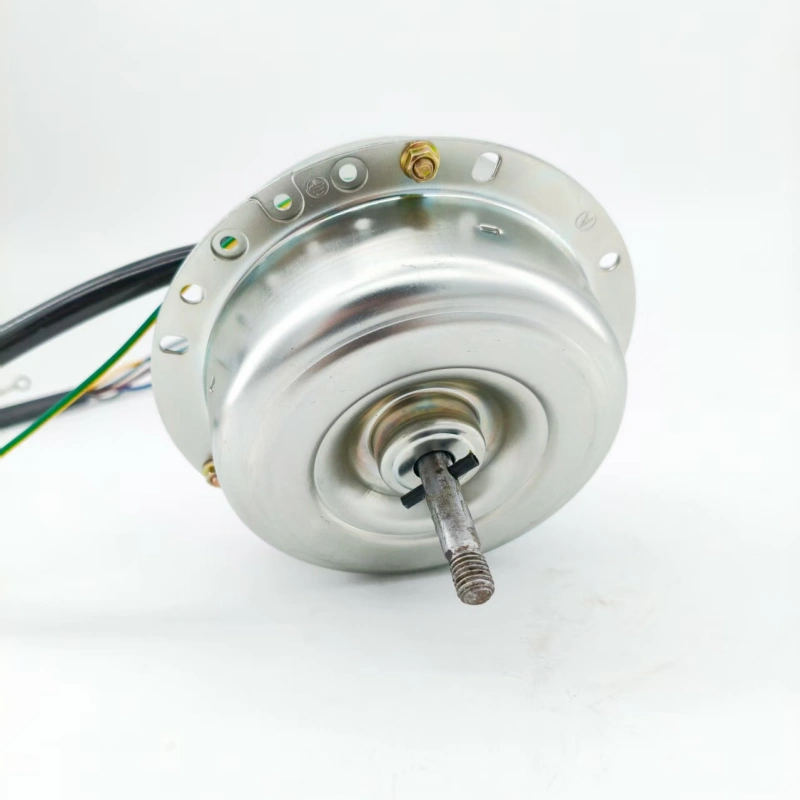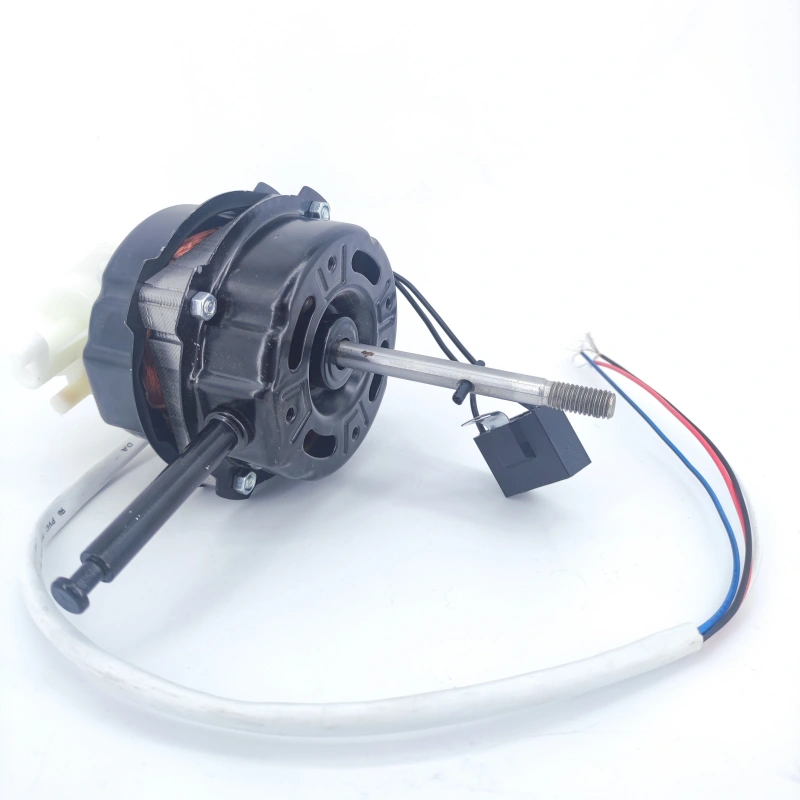1. Problem Statement
As core equipment for converting electrical energy into mechanical energy, DC motors are widely used in machine tools, elevators, new energy vehicles, and other fields. However, during long-term operation, some users may notice abnormal temperature rise on the motor housing, and in severe cases, overheating phenomena such as discoloration of the insulation layer and emission of a burnt odor. This issue not only shortens the service life of the motor but also may lead to serious faults such as winding burnout and equipment shutdown, resulting in safety hazards and economic losses. Therefore, exploring “why overheating occurs in DC motors during operation and how to scientifically prevent and handle it” is of great significance for ensuring the stable operation of equipment.
2. Problem Analysis: Core Causes of DC Motor Overheating
The heating of a DC motor is directly related to energy loss. Its overheating phenomenon mainly stems from two core issues: abnormal increase in internal losses and failure of the heat dissipation system, which can be specifically divided into the following three categories:
First is excessive electrical loss. When the motor operates, the armature winding and field winding generate copper losses, whose magnitude is proportional to the square of the current. If the motor runs under overload for a long time, or if the armature voltage is too high, causing the current to exceed the rated value, the copper loss will increase sharply. If the heat cannot be dissipated in a timely manner, the motor temperature will rise. For example, in machine tool processing, if the cutting load is suddenly increased, the motor needs to output greater torque, and the armature current will soar accordingly. If this situation persists for a long time, the winding temperature will quickly exceed the safety threshold.
Second is abnormal mechanical friction. There is mechanical friction between the bearings, commutator, and brushes inside the motor. Under normal circumstances, the friction loss is small. However, as the service time increases, the bearings may experience problems such as wear and dry lubricating grease, leading to increased friction resistance. If the commutator surface is worn, deformed, or the brush pressure is too high, it will also intensify frictional heating. These mechanical faults convert the motor’s mechanical loss into additional heat, causing the overall temperature of the motor to rise. For instance, after bearing wear, the rotor will have a slight eccentricity, which not only increases friction but also may cause uneven air gaps, further intensifying motor heating.
Third is failure of the heat dissipation system. DC motors usually rely on fans, heat sinks, or cooling air ducts for heat dissipation. If the fan blades are damaged, the heat sinks are blocked by dust and oil, or the cooling air ducts are blocked by debris, the heat dissipation efficiency will decrease significantly. In addition, operating in a high-temperature environment (such as outdoor equipment in summer or motors in enclosed control cabinets) will increase the difficulty of heat dissipation, making overheating more likely to occur.
3. Prevention and Handling Measures for DC Motor Overheating
In response to the above causes, measures can be taken from two aspects: preventive maintenance and fault handling to avoid motor overheating.
In terms of preventive maintenance, first, it is necessary to reasonably control the motor load and avoid long-term overload operation. Select a motor with a matching power according to the equipment requirements, and set up overcurrent protection in the control system to automatically cut off the power supply or reduce the load when the current exceeds the rated value. Second, conduct regular mechanical maintenance on the motor. Check the bearing lubrication status every 3-6 months, add or replace lubricating grease in a timely manner, inspect the brush wear degree, adjust the brush pressure, and keep the commutator surface clean and smooth. Finally, clean the heat dissipation system regularly, remove dust and oil from the heat sinks, fans, and air ducts to ensure unobstructed heat dissipation channels. In high-temperature environments, additional cooling fans or heat dissipation devices can be installed.
In terms of fault handling, if overheating of the motor is detected, the machine should be shut down immediately for inspection. If the cause is excessive electrical loss, it is necessary to detect whether the load is abnormal, check whether the armature voltage is stable, and inspect the windings for faults such as short circuits and ground faults. If necessary, replace the damaged windings. If the problem is abnormal mechanical friction, disassemble the motor to check whether the bearings are worn and whether the commutator and brushes have faults, replace the damaged parts, and reassemble them. If the heat dissipation system fails, clean the heat dissipation components, repair or replace the damaged fan, and clear the cooling air ducts to ensure the heat dissipation system resumes normal operation. After troubleshooting, conduct a no-load test run for a period of time to confirm that the motor temperature is normal before putting it into use.
In conclusion, the overheating of DC motors is the result of the combined action of multiple factors. Through scientific preventive maintenance and timely fault handling, overheating can be effectively avoided, the service life of the motor can be extended, and the stable operation of the equipment can be ensured.




